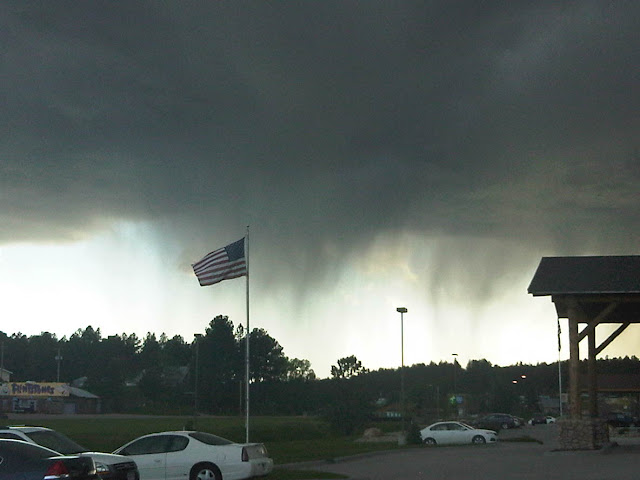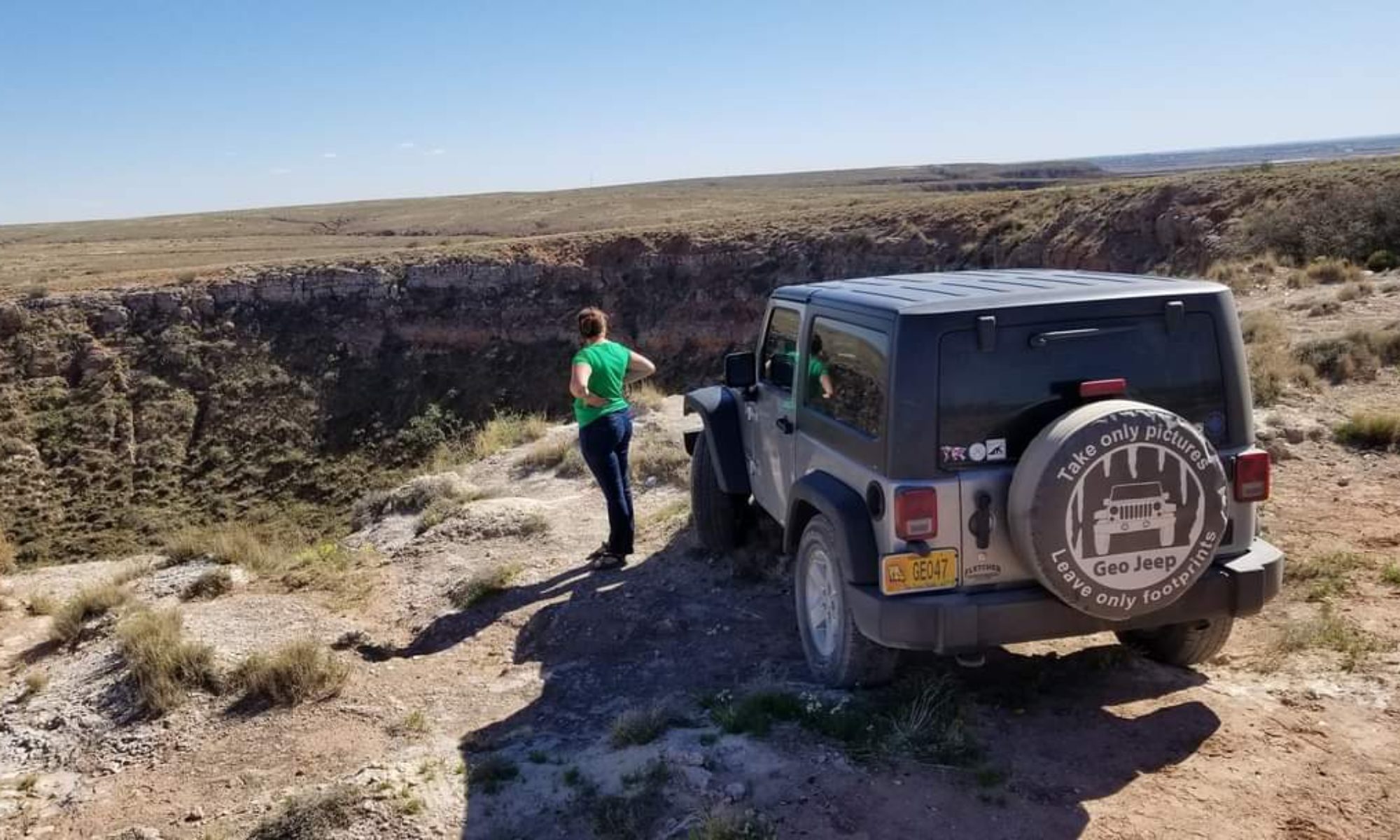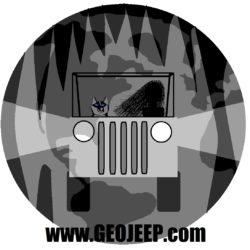My drive across South Dakota was going to be a long one. I had not particular plans for today other than find a campsite that was within cell range so that my two friends that were to meet me there early tomorrow would be able to reach me. (I ended up staying in a hotel because my lovely cell phone company didn’t have service at any of the camps) I was heading west on I-90 and before I even hit the South Dakota state line I saw them: The Wall Drug bill boards.
Anyone who has driven through South Dakota is familiar with the barrage of billboards listing what Wall Drug has to offer. If you have driven through South Dakota and haven’t seen them, I strongly advise you to contact both your eyecare professional and your psychiatrist about some sort of disorder. They are literally everywhere, probably at least one every half mile. There is even one billboard that tells you about a Wall Drug billboard located in Africa….Really?
It’s actually quite a good advertising scheme. They adverstise so many different items that you start thinking it might be a good place to get your supplies. I mean, they have almost everything according to the bill boards that one by one list off the products Wall Drug has in store. It worked for me…I stopped by to get some dinner supplies only to find they didn’t really have groceries. I actually managed to find my way out of the labyrinth that is Wall Drug without spending a penny.
Between bill boards you have a beautiful inspiring landscape. As far as the eye can see is nothing but big, open prarie with rolling hills that slowly transition into the bad lands, the black hills and the mountains. It is a gorgeous view and one of those constant reminders how much I love being in the West. The East is great to visit, and they have a lot to offer both culturally and naturally, but the only place you can find this much land untouched is in the West.
The West was the last frontier of the United States, and because of this large portions of land were able to be stowed away without settlement. The first National Park and the first National Monument (both I will visit in the next few days) were both in the west. The National and State parks of this area are world-renowned for unique beauty and inspirational vistas that can be seen nowhere else. The landscapes are as gorgeous as they are varied, the west claiming tall, young mountains that are still growing, and older ranges that have begun to erode. A beautiful coastline that ranges from rocky points to sandy sun-bathed beaches lines the Pacific coast. The praries can be vast and flat as can be, and turn into rolling hills and rising plateaus. There are the lush rainforests in the West so filled to the brim with plants and animals it appears as an alien planet, as well as dry deserts home to very few animals or plants.
The mountains here are tall enough in places to have snow and ice year round, and even hosts some of the remaining glaciers of the continental U.S.
The West has always been more of who I am. It is the place where I can take a deep breath and feel….free. For the next month and a half…I was home.
-Nicole


